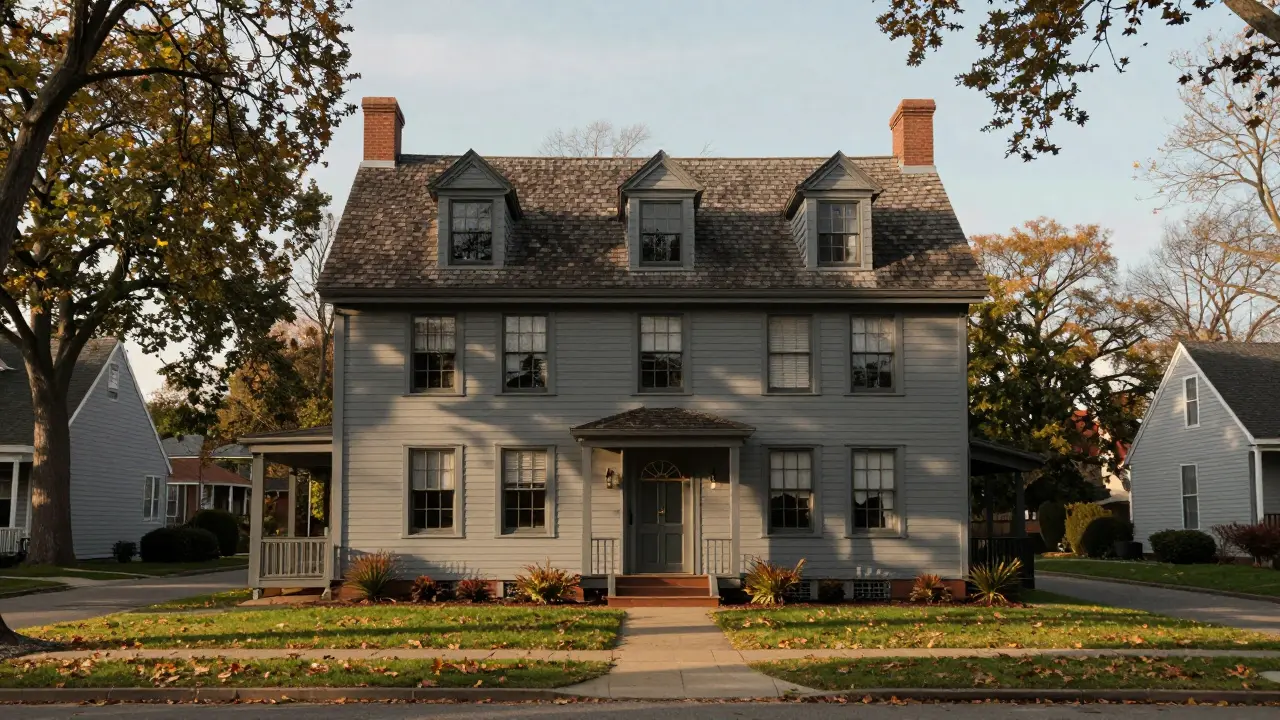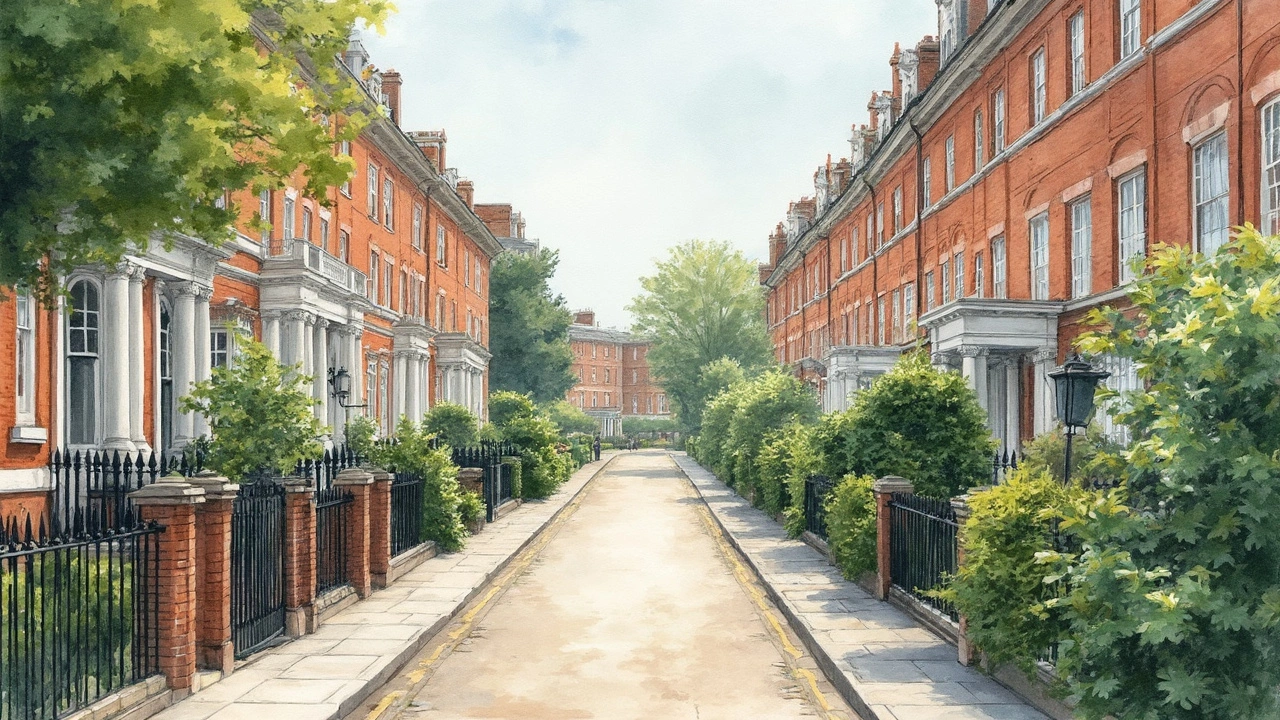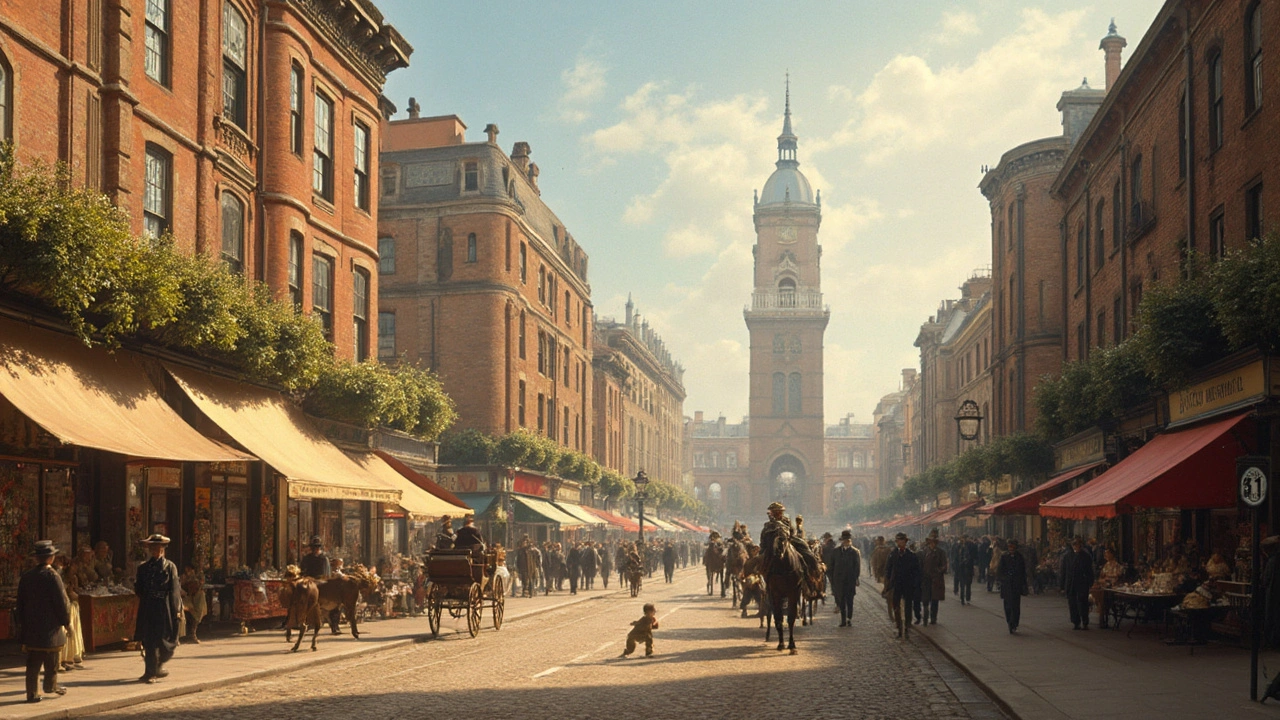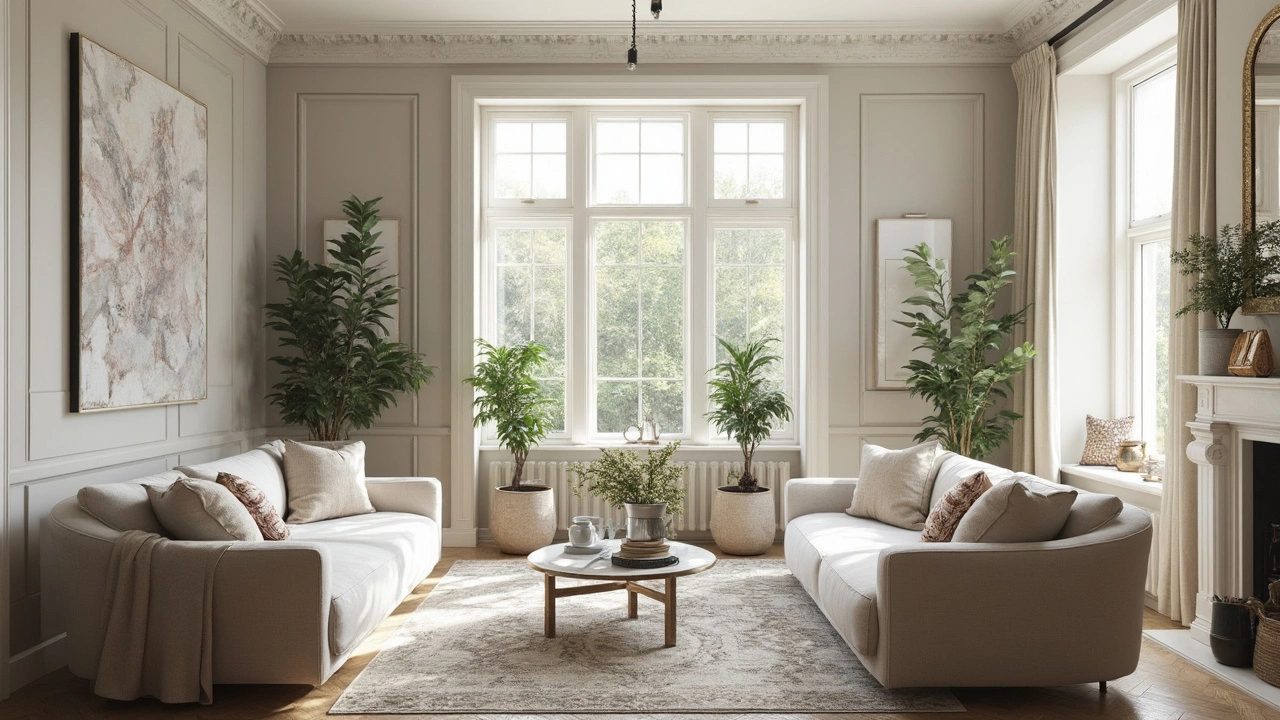Colonial architecture: how old rules shape modern homes
Think colonial houses are all the same? They’re not. Colonial architecture covers a range of styles that grew from different countries, climates, and building needs. Some features lasted for centuries because they work—symmetry, simple plans, and materials that age well. If you want to spot, restore, or borrow from colonial design, here’s a clear, practical guide.
Key features to spot
Start with the silhouette. Most colonial homes show clear, balanced shapes. Look for a centered front door, evenly spaced windows, and a simple roofline. Windows often use double-hung sashes with many small panes. Chimneys sit at the center or the ends. Exterior materials vary: clapboard and wood shingles in New England, brick in the South, stucco in Spanish colonies.
Regional differences are more useful than blanket labels. Dutch Colonial homes often have a gambrel roof—the barn-like, double-sloped profile that gives extra attic space. Georgian and Federal houses favor strict symmetry, paneled doors with decorative crowns, and slender columns. Spanish Colonial uses low-pitched roofs, thick walls, and courtyards to keep interiors cool. French and Caribbean colonial types lean into porches and raised foundations for ventilation and flood protection.
Small details matter. Shutters that actually close, wide cornices, and simple entry porches hint at authenticity. Interiors usually center on a hallway with rooms on either side. Wood floors, exposed beams, and built-in cupboards are common original touches that signal age and craftsmanship.
Using colonial style today
Want colonial character without a museum look? Start with proportion, not imitation. Match window spacing and keep a centered entry to anchor the facade. Use modern materials in classic shapes: fiber-cement siding can mimic clapboard while cutting maintenance. Choose paint colors from traditional palettes—whites, muted greys, deep greens—and avoid flashy trims that fight the style’s calm balance.
Preservation tips that make sense: repair rather than replace original windows when possible; add storm windows for energy efficiency. When insulating, add it from the attic and basement first to avoid damaging old walls. Upgrade HVAC and wiring discreetly—run new systems through closets or behind paneling to keep visible charm intact. For kitchens and baths, keep original mouldings and floors where they survive; modern fixtures will read as thoughtful updates if you respect the room proportions.
Travel tip: see examples in context. New England towns show early British-influenced colonial houses, the Hudson Valley holds strong Dutch examples, and the American Southwest houses Spanish Colonial gems. Walking a neighborhood helps you spot how the style adapts to climate and culture.
Colonial architecture isn’t about copying an old picture. It’s about borrowing rules that work: balance, durable materials, and designs tuned to place. Use those rules and you’ll get a home that feels settled and livable, not staged. Check the Colonial Architecture tag to explore detailed guides, restoration tips, and regional examples that match what you’re seeing or planning.

Dutch Colonial Revival Architecture: How This Style Shaped American Homes
Dutch Colonial Revival architecture features iconic gambrel roofs and symmetrical designs rooted in 17th-century Dutch settlements. Learn its history, key features, and why it's still valued today.
Read more
Colonial Architecture: Exploring Timeless Styles and Historical Influence
Explore the rich world of colonial architecture—its styles, history, and legacy. Learn fun facts, useful tips, and why colonial homes are still beloved today.
Read more
Colonial Architecture: Travel Back in Time
Unlock the secrets of colonial architecture—explore real stories, find travel tips, and learn why these old structures still matter today.
Read more
Colonial Architecture: How Its Legacy Shapes Modern Homes
Colonial architecture isn’t just about old buildings—it’s left a huge mark on the way we design and live in our homes today. This article breaks down exactly how classic colonial features pop up in neighborhoods everywhere. Expect tips on using colonial-inspired ideas without making your place feel like a museum. From design tricks to why we still love symmetry, you’ll get practical info to make your space both stylish and functional. We’ll also reveal why colonial designs are still a hit even in 2025.
Read more